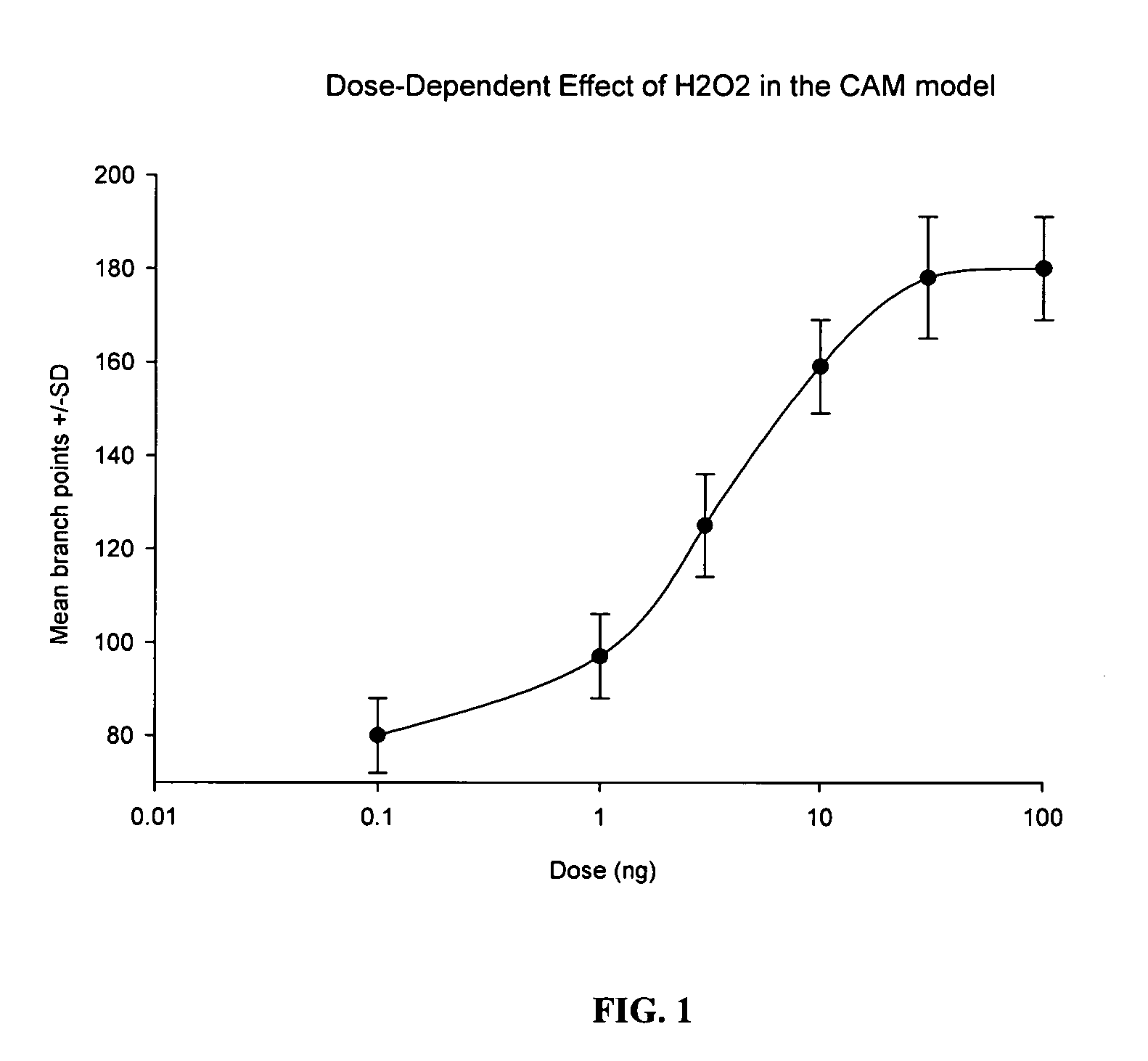Drug Resistance Reversal In Neoplastic Disease
a neoplastic disease and drug resistance technology, applied in the direction of biocide, anti-noxious agents, drug compositions, etc., can solve the problems of drug resistance reversal, major source of ineffectiveness, and inability to transmit to others, so as to improve the treatment modalities of cancer therapy, halt or reverse drug resistance, and improve the effect of drug resistan
- Summary
- Abstract
- Description
- Claims
- Application Information
AI Technical Summary
Benefits of technology
Problems solved by technology
Method used
Image
Examples
example 1
General Procedure for the Preparation of Nitroxides
[0341]To a solution of t-BuOK in t-BuOH (30 mL), TEMPOL was added in one portion, and followed by thiadiazole. The reaction mixture was stirred at room temperature overnight. Water (50 mL) was then added into the reaction mixture. The mixture was extracted with EtOAc (3×50 mL). The organic phase was washed with brine (20 mL) and dried over MgSO4. The solvent was removed in vacuum. The crude product was purified by silica gel column (EtOAc / Hexane=1 / 10). After removal of the solvent in vacuo, product (3.0 g) was obtained.
example 2
General Procedure for the Preparation of Hydroxylamine HCl Salts
[0342]To a solution of the nitroxide compound (˜1 g, 5.4 mmol) in 2-propanol (˜10 mL) was added a saturated solution containing hydrogen chloride in 2-propanol (˜20 mL) in one portion, and the reaction mixture was stirred at room temperature (1 h to 20 h) or heated to reflux (˜2 h) until it became colorless. The solvent was removed in vacuum to give an off-white solid. The crude product was recrystallized from 2-propanol. White solid (˜0.72 g, 3.2 mmol) was obtained. Product was identified by 1H NMR analysis, elemental analysis, IR and mp.
example 3
Experimental Data for Hydroxylamine Preparation
Preparation of Compound 1: (1-hydroxy-4-methoxy-2,2,6,6-tetramethylpiperidine hydrogen chloride)
[0343]
[0344]To a solution of 4-methoxy-2,2,6,6-tetramethylpiperidine-1-oxyl (1 g, 5.4 mmol) in 2-propanol (10 mL) was added a saturated solution containing hydrogen chloride in 2-propanol (20 ml) in one portion, and the reaction mixture was stirred at room temperature until it became colorless. The solvent was removed in vacuum to give an off-white solid. The crude product was recrystallized from 2-propanol to give a white solid (0.72 g). Yield is 59%. 1H NMR (300 MHz, MeOD), δ3.79 (m, 1H), 3.35 (s, 3H), 2.34 (d, 2H), 1.75 (t, 2H), 1.49 (s, 6H), 1.47 (s, 6H). 13C NMR (75 MHz, MeOD), δ68.93, 68.54, 55.07, 41.43, 27.40, 19.29. M.P.: 198.5° C. (dec)., Elemental analysis: Calcd. (C10H21NO2.HCl) C, 53.68%; H, 9.91%; N, 6.26% (Found C, 53.74%; H, 9.94%; N, 6.18%).
Preparation of Compound 2: (1-hydroxy-4-acetamido-2,2,6,6-tetramethylpiperidine)
[0345]...
PUM
| Property | Measurement | Unit |
|---|---|---|
| molecular weight | aaaaa | aaaaa |
| molecular weight | aaaaa | aaaaa |
| concentrations | aaaaa | aaaaa |
Abstract
Description
Claims
Application Information
 Login to View More
Login to View More - R&D
- Intellectual Property
- Life Sciences
- Materials
- Tech Scout
- Unparalleled Data Quality
- Higher Quality Content
- 60% Fewer Hallucinations
Browse by: Latest US Patents, China's latest patents, Technical Efficacy Thesaurus, Application Domain, Technology Topic, Popular Technical Reports.
© 2025 PatSnap. All rights reserved.Legal|Privacy policy|Modern Slavery Act Transparency Statement|Sitemap|About US| Contact US: help@patsnap.com



